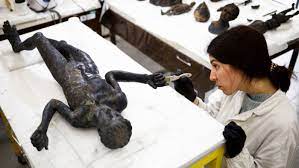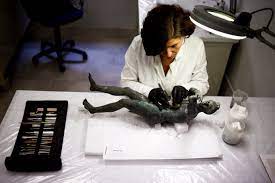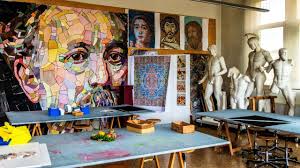Italy: Village binman helped unearth latest archaeological trove

Ropme: One of Italy’s most remarkable archaeological finds in decades goes on show this month – Etruscan and Roman statues pulled from the mud in Tuscany thanks in part to the intuition of a retired garbage man.
About two dozen bronze statues from the third century BC to the first century AD, extracted from the ruins of an ancient spa, will go on display in Rome’s Quirinale Palace from June 22, after months of restoration.
They include a statue called “Scrawny Boy” with an inscription of his name “Marcius Grabillo”.

The Italian Culture Ministry’s archeologist Ada Salvi claims that finding the statue was one of the peaks of her career.
“Certainly, one of the most exciting moments was when we found the so-called ‘sick ephebe’ which was initially partially covered by mud. It looked like a statue of a well-formed and muscular athlete, but in fact, when we cleaned off the first layers of mud, we saw that it was a sick person with deformities in the legs and spine which made it particularly emotional,” Salvi said.
The archeological treasure was found by a local amateur historian and retired garbage man Stefano Petrini.
“It was a Friday when this flash of genius came to me and I said, ‘I saw some columns there’ and I told the Head of the project Emanuele Mariotti if it was the abandoned vegetable garden because Sergio had unfortunately died and there were old canes from the vegetable garden. We entered through a gate, we came here and when we saw these things Emanuele brought out his passion for knowledge and there we pulled out everything,” he said about the day of discovery.
Emanuele Marotti claims that he was greatly surprised by finding the statues.
“The bet in retrospect turned out to be obvious, but there was nothing obvious or taken for granted. We thought we would come across more usual and well-known spas and we actually came across what was the sancta sanctorum of this system, that is, the sanctuary, the great sacred pool that collected the waters of the spring and to which the Etruscans and Romans brought extraordinary gifts,” he explained.
Archaeological treasures, which were preserved in mud for centuries, will go on display in Rome. Scientists claim that the discovery sheds new light on Etruscan and Roman beliefs.





